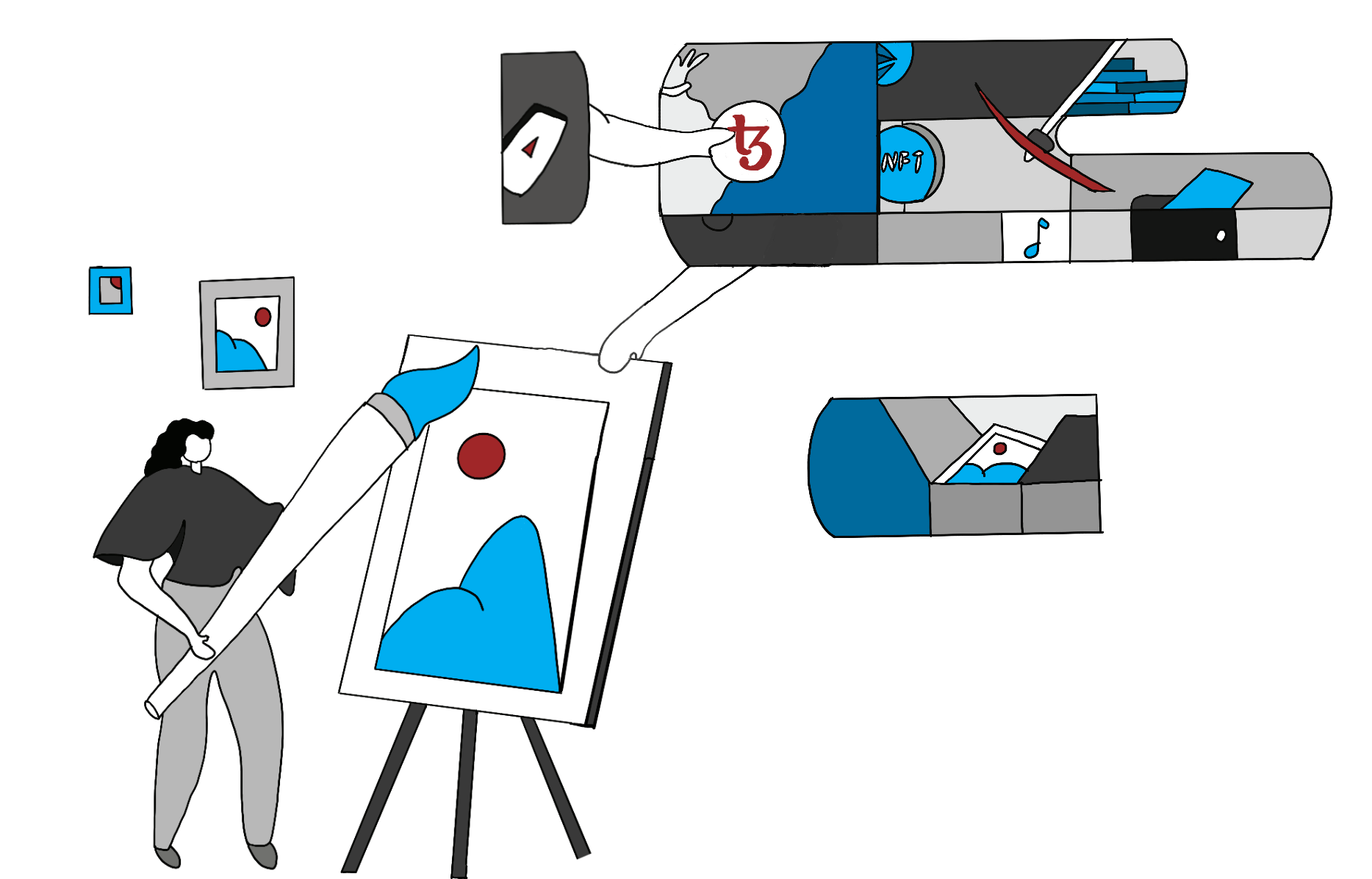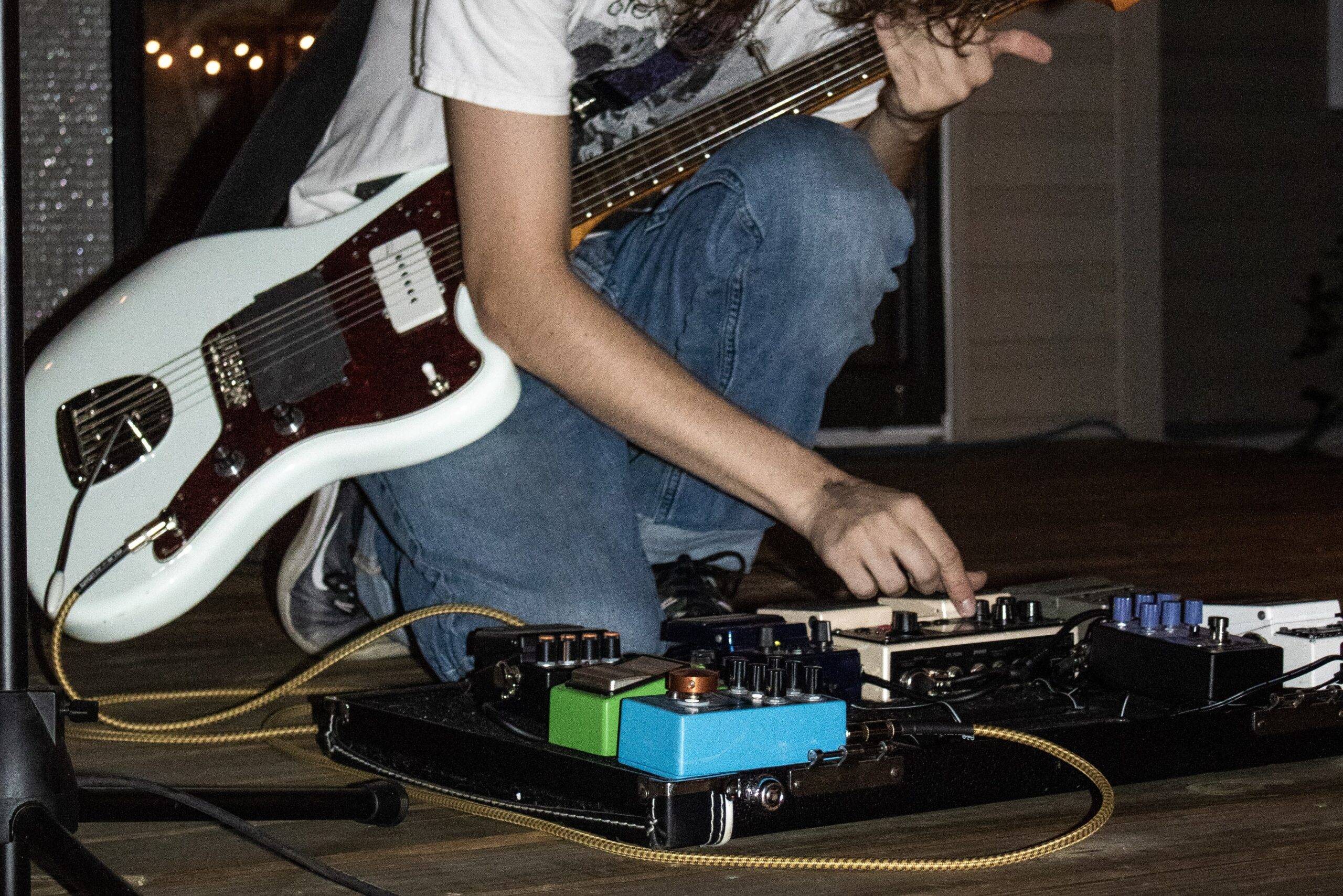The Pros and Cons of Do-It-Yourself Culture
The great prophet of our time, Louis C.K., once said, “you shouldn’t just do everything that’s available to do; it’s not a good idea.” So, before you start that Pinterest tutorial on making your own oatmeal soap or hacking an old bike tire into a messenger bag, consider the following: if the project is doable and beneficial, it is probably a good idea. However, if completing it would be complicated in any way, or if the exact result as outlined is difficult to achieve, consider your motivations and whether or not it would be worth your time and energy.
There are many reasons why people abandon – or even never begin – DIY projects. Some difficulties that result in what many have dubbed “DIY fails” include a lack of time or space, expensive or unavailable materials or ingredients, a lack of required skills, or a lack of the necessary tools or equipment.
Despite said obstacles, sometimes motivation can be greater, and DIY-ing is worth it even if the project ultimately fails. This is probably the case for those of us who would rather learn how to stain wood than sit down to write another page of our thesis.
F Newsmagazine conducted a brief online survey to see what motivates our readers to DIY and what stands in their way. Out of the 33 responses we received, here’s what we found out:
(1) In a “select all that apply” question, the main obstacles getting in the way of a successful DIY project were a lack of access to the required tools or equipment, and ingredients or materials being too expensive. Both tied with an equal number of 19 votes.
(2) When asked to choose the difficulty they faced the most (out of all listed), readers responded that it was a lack of tools or equipment tied with the lack of free time, both with 27% of votes.
(3) When asked how often they try to carry out a DIY tutorial (as seen online or on other platform) that they liked, 64% said “rarely,” while 6% said “often.”
(4) When it comes to saving money, however, voters responded differently. When asked how often they choose to DIY instead of buying the finished product from a store: 54% said “rarely,” but 15% said “often.”
(5) The question that received the most diverse results was “what is your main motivation for DIY-ing?” “Making something unique” was the one with the most votes (30%), closely followed by “saving money” (24%). Other answers, such as “I’m bored/procrastinating on homework,” received 12% of the votes.
These results are very much in line with the same difficulties that I have encountered in my own DIY experiments. For example, after I moved into my apartment, I bought a desk from a thrift store and spray painted it. After seeing a million “Ikea-hack” tutorials for furniture on Pinterest, I figured it couldn’t be that hard to spray paint a simple desk. It turns out that it is not easy: first of all, I didn’t know that sales of spray paint are banned in the city of Chicago. So, I took a three-hour train ride to a Home Depot in Cicero to get some. Another problem with this project was that the desk was heavy. My roommates helped to carry it upstairs when I bought it, but refused to carry it down again for me to paint it. So, I decided to paint it inside the apartment.
Luckily, it was still summer, and the windows could be left open for a few days to air out the house, but spray-painting the desk in the living room was not a good idea: I ended up spotting the floor and all nearby furniture with paint. After the mess I caused, the beautifully spray-painted desk began to chip away as soon as I placed my computer on it. In the end, the surface of the desk became essentially useless and required an additional purchase of a transparent plastic cover. In conclusion, was it complicated? Yes. What was the result? Failure. Was it worth it? Not really. My desk might look pretty from far away, but up close it looks just as ragged as at the thrift store.

Illustration by Jordan Whitney Martin
Another popular category on DIY blogs and Pinterest is recipes. Such instructions have always been tricky to follow, but, for some reason, people insist on posting tutorials for appealing, pretty-looking snacks. A few months ago, I tried to follow a combination of recipes to cook a traditional Argentinean dessert: chocotorta. Made with few ingredients and with no oven needed, the recipe for chocotorta is one that is often taught to children and used for birthday cakes. It requires chocolate cookies, coffee, dulce de leche and Casancrem (a sort of cream cheese). Granted, carrying out this particular recipe in Chicago was a challenge from the start. First of all, where would I get the ingredients that are made in Argentina? My dad mailed me the cookies, and I found the dulce de leche at the Buenos Aires Deli on Cicero Ave. Yet, I still needed the cream cheese that would be closest to the consistency of what we use in Argentina. I looked for several tutorials and tips online, until I found one that said to combine cream cheese and sour cream to achieve something close to the original product. Finally, I had an acceptable version of the ingredients that resulted in an acceptable version of the cake. And, while this project (or whim) was definitely worth it for a homesick Argentinean, this simple recipe got a bit challenging due to location and availability, which is a common obstacle (as voted #1 by F Newsmagazine readers) for DIYs. The second most voted difficulty was the lack of time, which could apply here as well, as I imagine that not everyone has the time to travel two hours each way to the only store that sells dulce de leche in Chicago.
Nonetheless, the popularity of DIY culture sometimes results in fun and creative projects. Unlike the desk, spray-painting a coffee table worked out perfectly for me. This is certainly the kind of project that I could easily do and benefit from. Light enough to be taken out to the alley and small enough to be done with one can of paint, our Ikea coffee table went from plain white to light blue in ten minutes and is now the bright, attractive center of our living room. This case also agrees with the survey results, as 30% of voters stated their motivation for DIY-ing was making something unique. Our original table was cheap, and while buying the spray paint required leaving the city limits, it made the table into a one-of-a-kind piece of furniture.
DIY culture might be presently overexposed on online platforms, which in turn can cause many to try it and fail, and the increasing demand for DIY tutorials might be responsible for those projects that inadvertently require a high level of skill since most of them are often appropriate for reasonable adults. But it is, in essence, a culture that promotes uncategorized creativity as a hobby, allowing doers to try new things from carpentry to knitting, from drawing to cooking.




















